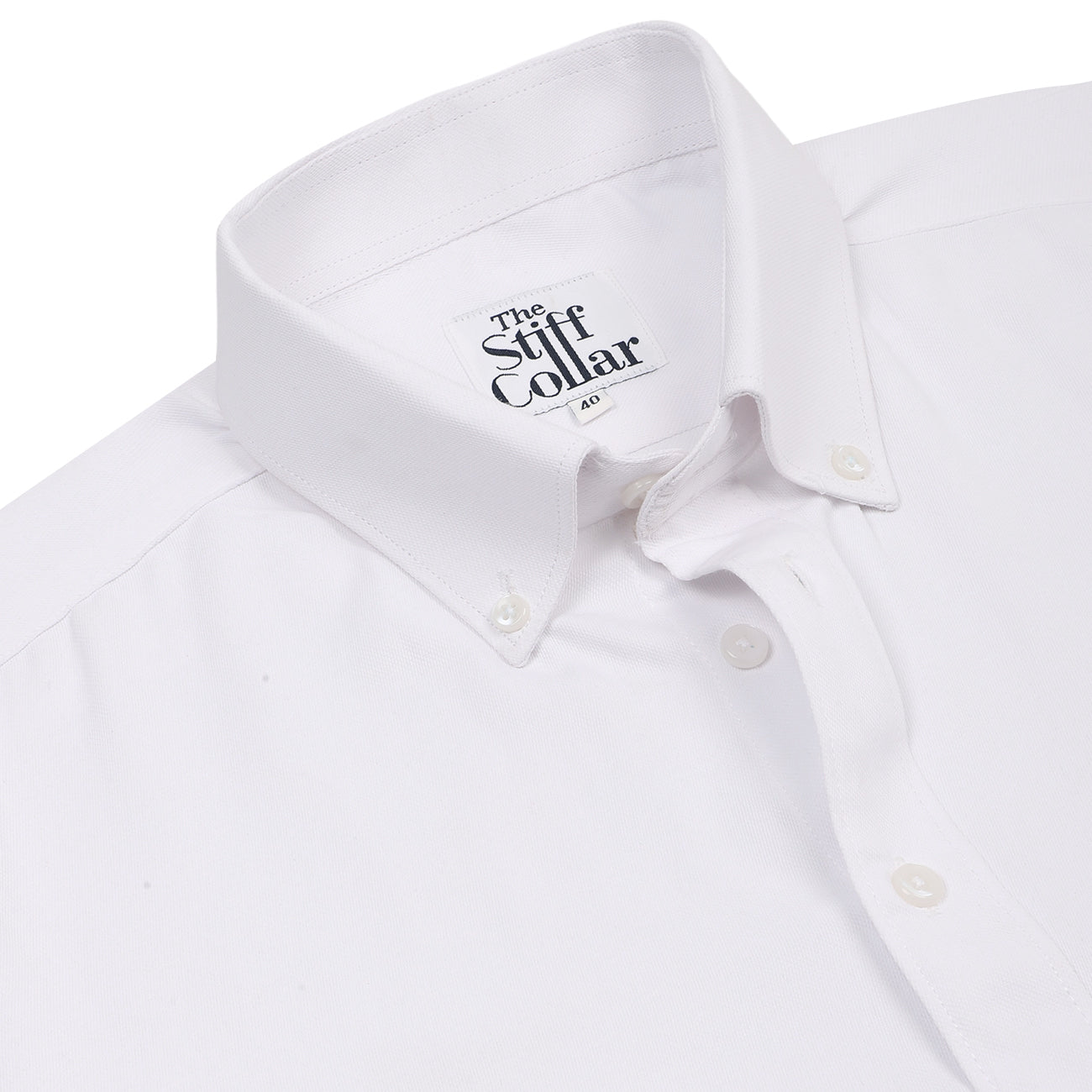The subcontinent of India, with its enormous diversity of cultures, religions and languages, has an equally interesting and colourful history when it comes to clothing. Factors such as climate, resources and societal norms have influenced and shaped the evolution of clothing in India over the centuries. What people wore, and what they still wear today, can denote an array of information, such as that person's native region, occupation, or status in society.

The earliest records of clothing in India came from the Indus Valley, where traces of cotton fabric have been found, dating back to as early as 2500BCE when cotton began to be cultivated in the area. Alongside these remnants, cave painting and carvings were also discovered, depicting human forms draped in cotton in a number of different styles. These are likely to be the earliest references to the dhoti and an early predecessor to the sari for women.

The people of these early civilisations used natural resources such as cotton, flax, silk, wool, linen and leather to create their garments, often dyed using natural dyes such as madder. At this point in time, wearing chunky jewellery embellished with locally found precious stones was the norm for both men and women, as were elaborate headdresses - depending on the community and the status. Practicality was taken into consideration, clearly demonstrated by the length of women’s saris - typically above the knee, possibly to provide greater mobility.
The following centuries saw a continuation in the wearing of draped cotton, with varying styles of draping denoting the caste or religion of the wearer. Whether the cloth was draped over the shoulder, worn as a loincloth, or extended to the feet, was significant. It wasn’t until later, around 322BC, that the first examples of stitched clothing were introduced. After the stitching of clothing had become more widespread, garments such as tunics and pyjamas became the norm, matched with certain hairstyles and jewellery depending on the region.

During the period of the Mughal empire, the clothing became increasingly more elaborate. Embroidered footwear, ornamented leather and lavish jewellery indicated one's rank and prosperity. Salwar kameez and tunics were commonplace, as were Jama and sherwani coats.

The arrival of the British, and the subsequent British Colonial era, saw a drastic change in fashion, particularly among the nobles and educated upper classes, with clothing reflecting a clear European influence. This period was a time of great change, and great conflict in many areas of life, including fashion. Western styles of clothing became more popular but were not necessarily widely accepted. In metropolitan cities, Western-wear was more common, and a fusion style was borne - referred to as Indo-Western wear.

Following Independence and the ensuing economic liberalisation, more jobs opened up, and this created a demand for formal wear. Shirts and trousers became the daily uniform of millions; commuters, bankers and shopkeepers alike. Such is the popularity of these garments that the Government of India recently acknowledged the combination of ’shirt-pant' as ‘traditional wear in India.











